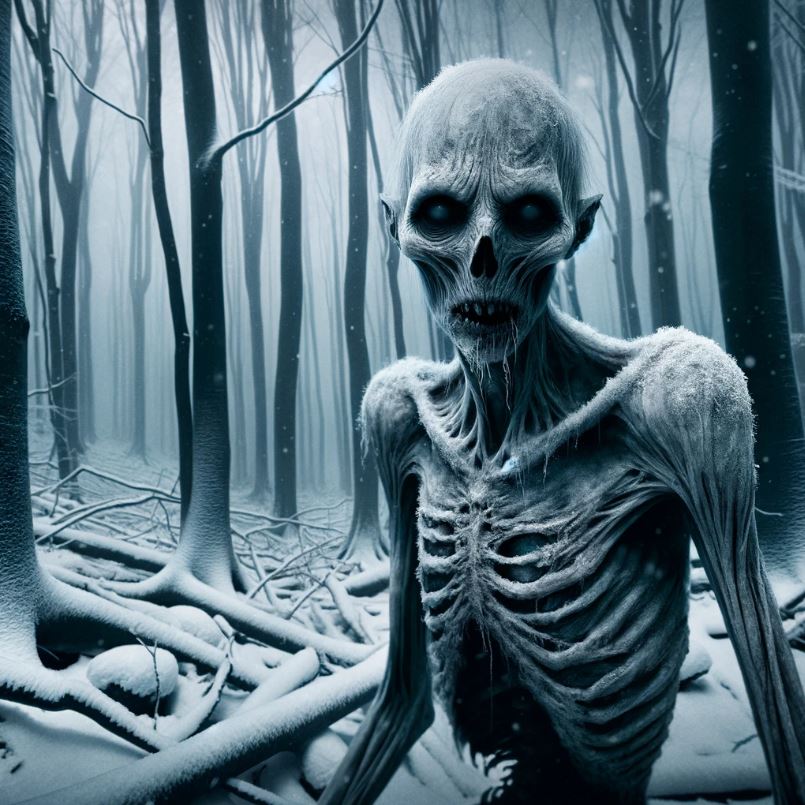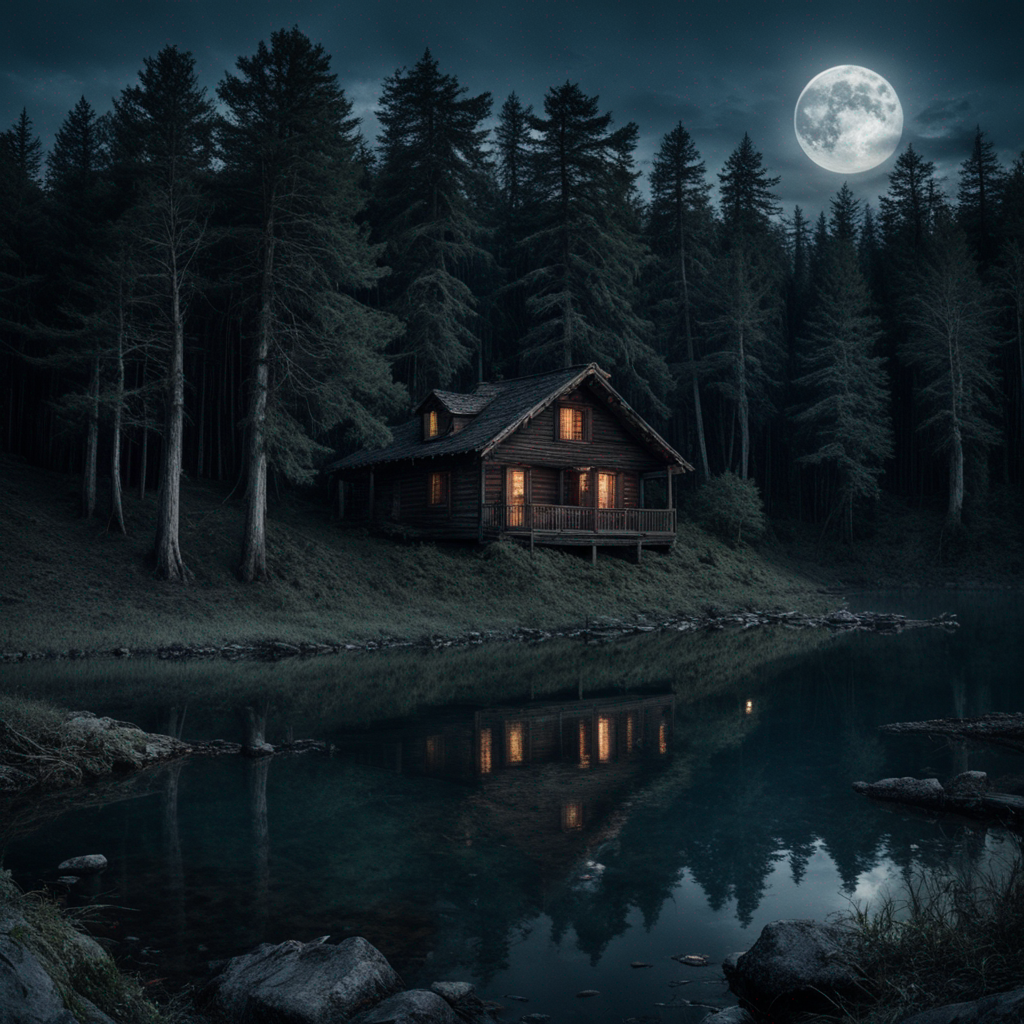
Deep in the heart of North American forests, a legend has been whispered for centuries, a tale so chilling that it continues to haunt the imaginations of those who hear it. This is the legend of the Wendigo, a creature born from Algonquian folklore, embodying the darkest aspects of the human spirit.
Origins and Mythology
The Wendigo legend originates from the native tribes of the Great Lakes region and the northeastern United States and Canada. It is often associated with the harsh winters and the dire consequences of scarcity. The creature is said to be the manifestation of insatiable greed and the extremities of starvation.
Physical Description
The Wendigo is often described as a gaunt, skeletal figure, with ashen skin and sunken eyes – a grotesque symbol of starvation. Some tales describe it as a giant, many times larger than a human, a cannibalistic spirit with an unending hunger for human flesh.
The Curse of the Wendigo
One of the most terrifying aspects of the Wendigo is the belief that humans could transform into these creatures. According to legend, this transformation could occur if a person resorted to cannibalism or became overly consumed by greed. The Wendigo thus serves as a moral tale against such taboos.
Cultural Impact
The Wendigo has transcended its origins in folklore to become a staple in horror literature and films. It represents the primal fear of the unknown and the horrors of losing one’s humanity.
The Wendigo in Modern Media
From Algernon Blackwood’s classic short story “The Wendigo” to its various depictions in films, TV shows, and video games, the Wendigo continues to be a source of fascination and fear, a testament to its enduring power as a symbol of horror and taboo.
Conclusion
The legend of the Wendigo is more than a simple scary story; it is a complex tale that intertwines with the cultural, environmental, and psychological aspects of human existence. It challenges us to reflect on our own nature and the lengths we might go to survive in extreme conditions.







